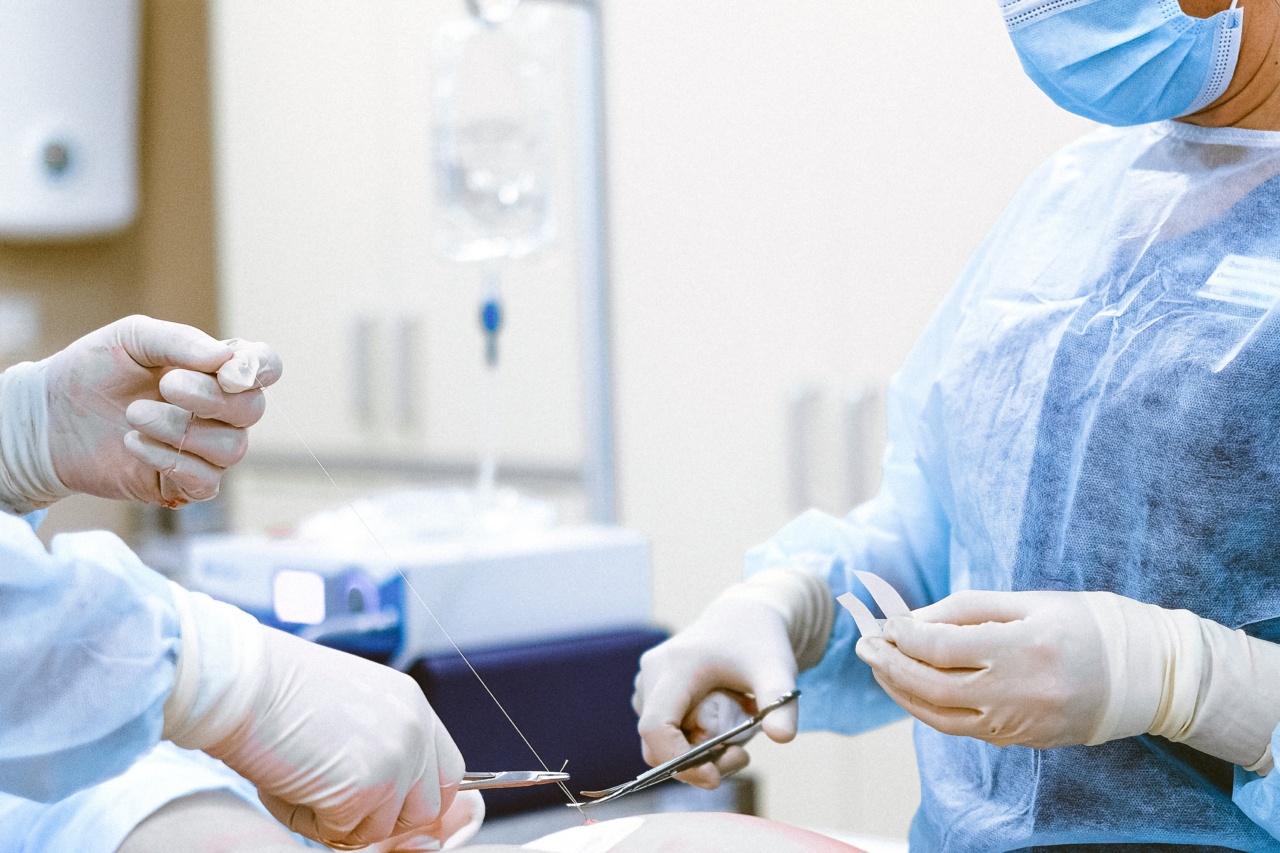Cataract and glaucoma are two different eye diseases, but often coexist in the same patient. Cataract is a condition characterized by the clouding of the lens, which decreases vision quality.
Glaucoma, on the other hand, is a progressive optic nerve damage, which affects the peripheral vision. Both conditions are common in older people, and cataract removal surgery can help to treat glaucoma effectively.
Understanding Glaucoma
Glaucoma can be caused by various factors such as increased eye pressure, poor blood flow to the optic nerve, or genetic predisposition.
It is a silent disease that progresses slowly and silently without any noticeable symptoms, often leading to irreversible damage if left untreated. The risk of developing glaucoma increases with age, and it affects more than 70 million people globally.
Although glaucoma treatment aims to control and lower eye pressure, which is the leading cause of optic nerve damage, surgery may sometimes be necessary when medications and laser therapy fail to manage the disease effectively.
Cataract Removal Surgery to Treat Glaucoma
Cataract removal surgery is one of the most common and successful surgeries for treating cataracts, but it can also have a positive impact on patients with glaucoma.
Studies have shown that cataract surgery can help to lower eye pressure in patients with glaucoma, reducing the need for glaucoma medications and improving the quality of life.
Mechanism of Action
The mechanism by which cataract surgery helps to reduce eye pressure in glaucoma patients is not entirely clear, but some theories suggest that it may be due to improved trabecular meshwork function, increase in aqueous outflow, or decrease in inflammation in the eye. The trabecular meshwork is a network of tiny drainage channels in the eye that regulate the flow of aqueous humor. An increase in outflow may facilitate the removal of excess fluid and lower the eye pressure.
Cataract Surgery Types
There are two main types of cataract surgery procedures: Phacoemulsification and Extracapsular Cataract Extraction (ECCE).
Phacoemulsification
Phacoemulsification is a modern and minimally invasive cataract surgery technique that involves the use of ultrasound energy to break up the cloudy lens into small fragments, which are then extracted through a tiny incision.
The surgeon can also implant an intraocular lens (IOL) to replace the removed lens.
Extracapsular Cataract Extraction (ECCE)
ECCE, on the other hand, requires a larger incision to remove the cloudy lens, leaving the lens capsule in place. The surgeon can implant an IOL, and the capsule can provide some support and stability to the implant.
Cataract Surgery Procedure for Glaucoma Patients
The cataract removal procedure for glaucoma patients is similar to the standard cataract surgery. The patient will receive local anesthesia and will be awake throughout the procedure.
The surgeon will make a small incision in the cornea and remove the cloudy lens using phacoemulsification or ECCE. After the cloudy lens is removed, the surgeon may implant an IOL to replace it. The surgery usually takes less than an hour to complete.
Benefits of Cataract Surgery for Glaucoma Patients
Several benefits come with cataract removal surgery, including:.
- Improved vision quality
- Reduced dependence on glaucoma medication
- Lower eye pressure
- Improved visual field tests
- Lower risk of complications such as falls and fractures
- Improved quality of life
Risks of Cataract Surgery for Glaucoma Patients
Although cataract removal surgery is generally safe, some risks and complications can occur. The risks are similar for patients with or without glaucoma. They include:.
- Infection
- Bleeding
- Inflammation
- Swelling
- Retinal detachment
- Glaucoma
- Loss of vision
Recovery Time
The recovery time after cataract removal surgery varies from patient to patient, but most patients can resume their normal activities within a few days to a week.
However, patients with glaucoma may require additional follow-up appointments to monitor eye pressure and medication adjustments, especially if they experience a rise in pressure following the surgery.
Conclusion
Cataract surgery can help to treat glaucoma by lowering eye pressure and reducing medication dependence. It is a safe and effective surgery that can significantly improve vision quality and quality of life.
However, patients with glaucoma should consult their eye doctor to determine if cataract surgery is the best treatment option for them.





























